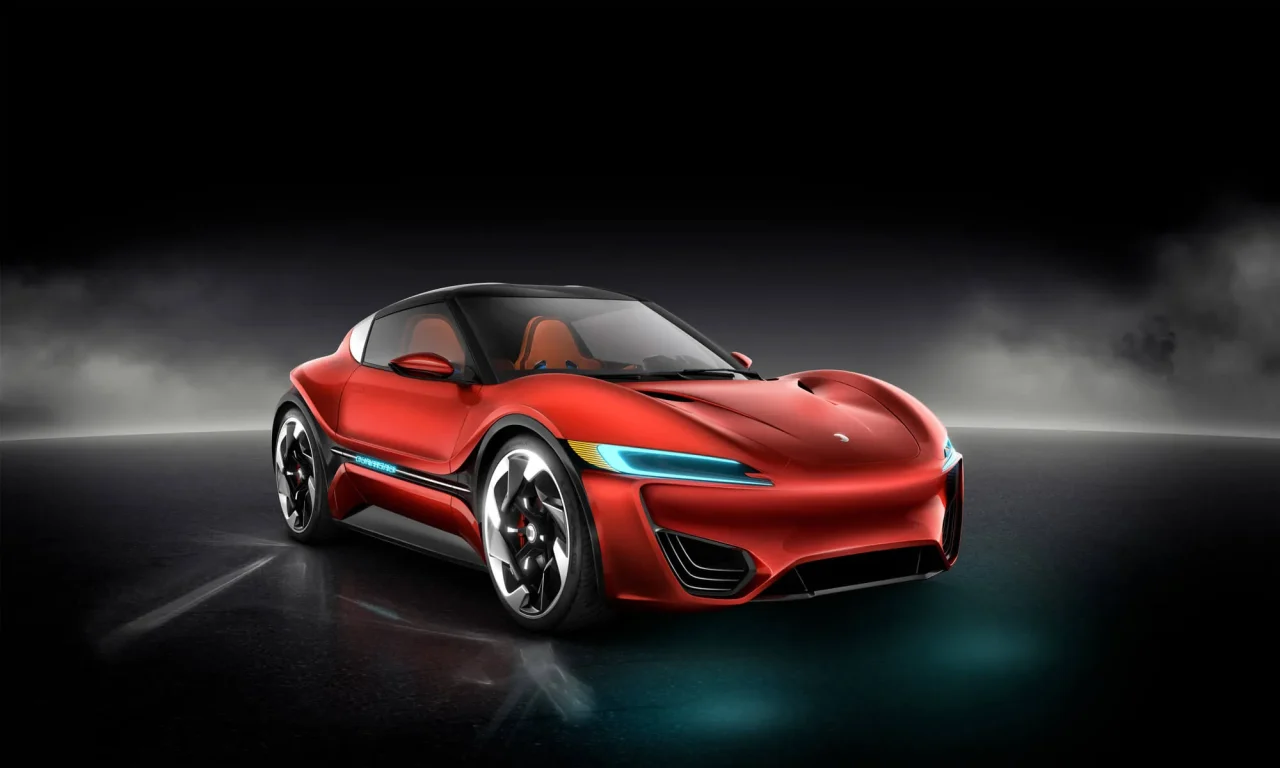Flow cell e-car Quantino to be built in the USA
Ever heard of a redox flow battery?
These are batteries in which the reactants are in a liquid solution and the electrolytes circulate in two separate circuits. The ion exchange takes place via a membrane in the galvanic cell. Since two relatively large tanks are needed for this battery system, it is primarily being researched and used for stationary storage applications, for example as an emergency battery or for local storage of electricity in wind turbines.
However, the Swiss research company NanoFlowcell already packed the technology into an electric car in 2017 and tested it successfully. Then it went quiet around the "Quant" for quite some time. Now the company is coming back with the founding of a subsidiary in the USA - to adapt the technology to US-specific applications.
The US subsidiary, based in New York, is also looking for a location for the series production of the Quant and to push ahead with a production plant for the electrolyte solution bi-ION, according to the company. In doing so, the company wants to get by without any subsidies from the US government and is relying on strategic partnerships.
Big plans for a company that has been researching e-cars since 1996, but has not yet presented any marketable result apart from a few concept vehicles. The completion of the "Quant City" - a futuristic production and research complex in Switzerland - announced for 2018 has not taken place; the address mentioned on the homepage is in a residential area in the Swiss municipality of Kirchberg.
In 2018, NanoFlowcell successfully completed a long-distance test in real-world road traffic with the Quantino, and with the establishment of its US subsidiary, the company is now unveiling a new concept car: the Quantino 25, a small e-roadster reminiscent of the Ur-Tesla with removable roof sections, which will reference the company's 25th anniversary in 2021. The tanks for the electrolytes each hold 125 litres and the energy generated is supposed to be enough for an impressive 2,000 kilometres. The electrolyte must be refuelled afterwards. The four 59-kilowatt electric motors should accelerate the car to 100 km/h in less than three seconds.
